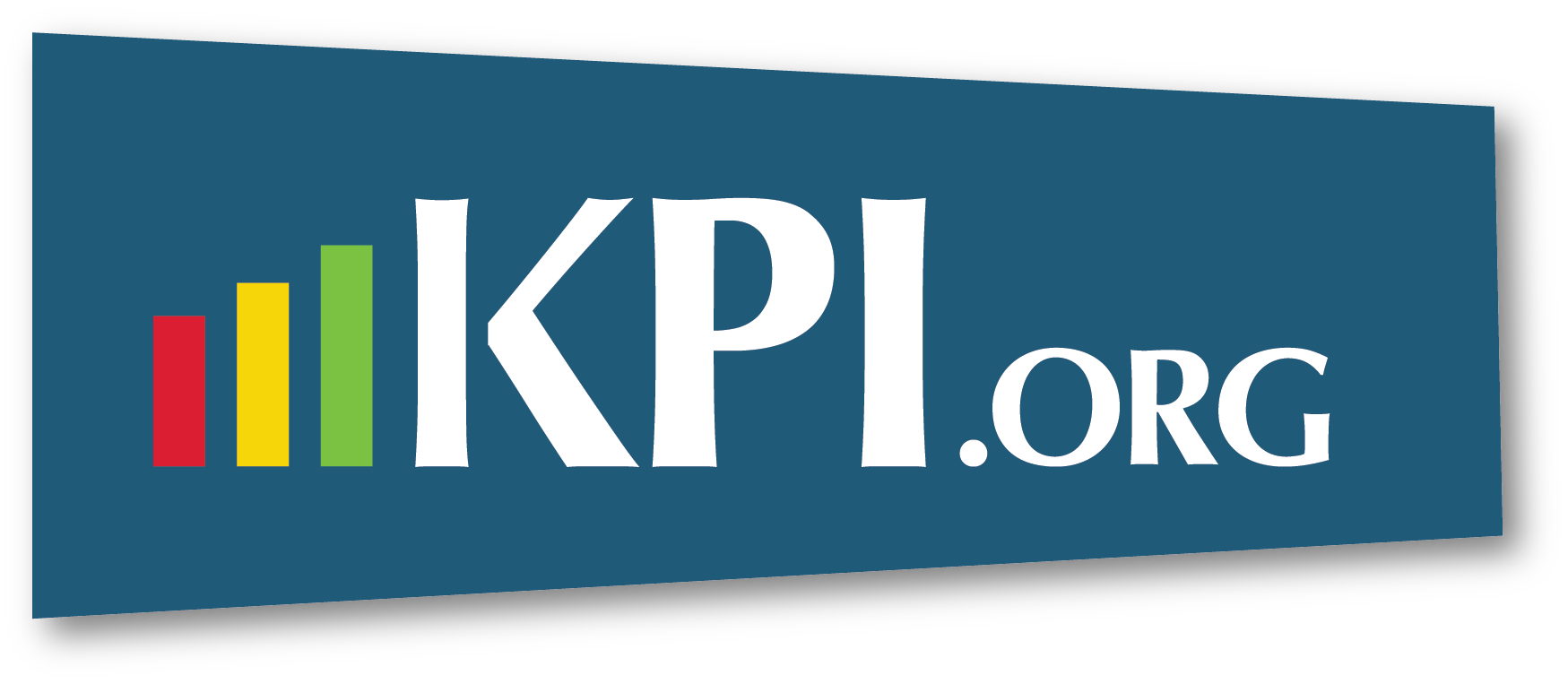On the radio the other day there was mountain climber that shared her experience standing atop Mount Everest. She said that while standing on that summit she was surprised to find that rather than revel in her achievement and enjoy the view that so relatively few people have seen, her thoughts were dominated by an unexpectedly unsettling realization: now, I have to get back down. Besides the fact that getting back down was in some ways physically harder than climbing up, the bigger problem was that her primary motivation – to reach the summit – had been achieved. Reaching that summit had been an inspirational goal driving her through each step of the journey; from the mundane strength training years earlier to those final few steps. Her simple primary motivating factor now would take a very different form: survival.
This type of letdown is common to any major achievement or milestone in life. So it’s not unexpected that a similar phenomenon occurs in the strategic management world. Most commonly, this letdown occurs as soon as the big planning retreat event is over and the resulting documentation has been put together. Once the strategy team has formulated strategy, developed a strategy map, identified performance measures, prioritized initiatives, and rolled everything out to the entire organization, the team stands at the top of that mountain of work and thinks we did it, now what?
Unfortunately, this is the point that too many organizations realize that the real work was not in writing the plan but in the execution of all of those grand ideas. They let the process run out of steam and begin getting too distracted by day-to-day problems and operational concerns to follow through.
So how do you avoid the post-retreat strategic planning letdown? Here are a few tips:
- Don’t think of strategy as an event: Many people still think that the only time you should talk about strategy is after playing golf during a big retreat. Strategy management is about making strategy a part of day-to-day management. Try to institutionalize the strategic thinking process that was used to develop the plan. Make strategy everybody’s job instead of just the management team. Incorporate strategy into the day-to-day agenda.
- Prioritize & keep things simple: No organization can do everything for everyone. Select 3-4 high level goals to focus on to start and a few high-priority initiatives to support each goal. Manage your initiative list down to get to the select few.
- Focus on process improvement instead of judging people: ownership and accountability are needed, but if you want to develop a continuous improvement culture, employees cannot worry about getting punished every time they report bad news. Underperformance is more often than not the result of a process failure and so that’s where the focus should be.
- Use technology for analysis and information sharing: Some organizations fail to fully analyze the data they are collecting or short-circuit their strategy execution success by choosing to use spreadsheets for performance analysis. Remember that it isn’t helpful for a single analyst to fully understand how the organization is performing. Information sharing and dialog are critical in helping turn information into knowledge and understanding so that leaders can make better strategic decisions.
For more suggestions on how to avoid this letdown, see the Sustaining and Managing with the Balanced Scorecard chapter of The Institute Way: Simplify Strategic Planning and Management with the Balanced Scorecard.



